
Converting different numbering systems is quite common in PLCs and structured text codes. Why? Because people read decimals. Computers read binary. Processors…
Converting different numbering systems is quite common in PLCs and structured text codes. Why? Because people read decimals. Computers read binary. Processors read sets of bits. Not so simple.
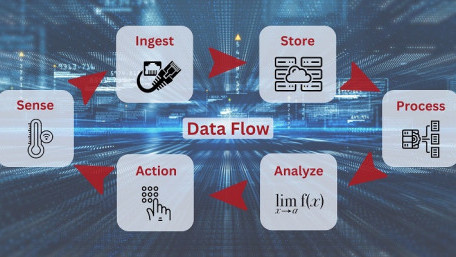
We conclude the data flow project with the step of developing a business intelligence dashboard to present machine data,…
We conclude the data flow project with the step of developing a business intelligence dashboard to present machine data, at a reliable schedule, to a leadership or maintenance team.

We begin to wrap up our data flow project with an introduction to visual-based (GUI) tools and dashboards to present the…
We begin to wrap up our data flow project with an introduction to visual-based (GUI) tools and dashboards to present the data ingested from the Google Sheets fault data source.

For large process systems, learn how the location of data indication and flag processing can increase or decrease the…
For large process systems, learn how the location of data indication and flag processing can increase or decrease the burden on computers at the device, RTU, or main computer level.
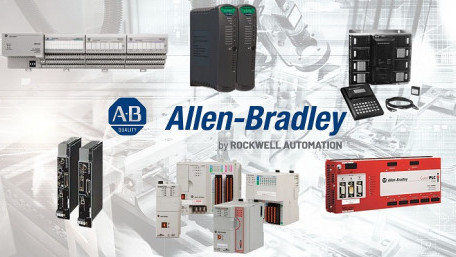
Rockwell Automation’s Allen-Bradley control hardware catalog has long included many series that start with 17xx, but…
Rockwell Automation’s Allen-Bradley control hardware catalog has long included many series that start with 17xx, but what are these lineups, and what function do they serve?
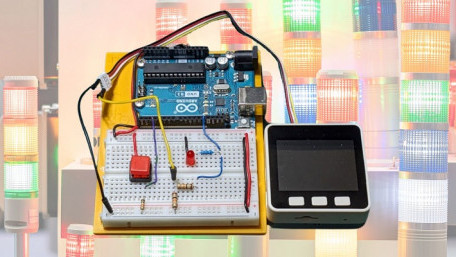
A flasher can easily be implemented using interlocking timers in a PLC environment on an Arduino Uno using OpenPLC,…
A flasher can easily be implemented using interlocking timers in a PLC environment on an Arduino Uno using OpenPLC, UiFlow Blockly Code, and a programmable HMI-based LCD unit.

Digital twins are a virtual process representation merging the simulation and real worlds to increase efficiency,…
Digital twins are a virtual process representation merging the simulation and real worlds to increase efficiency, optimize parameters, and predict successful operations for a variety of industries.

To transfer data from a local spreadsheet to a database to create visual dashboards, we must now define the outbound…
To transfer data from a local spreadsheet to a database to create visual dashboards, we must now define the outbound integration to the PostgreSQL database through the mage.ai editor.

In this article, we will explore the inbound integration to the mage.ai pipeline, connecting to the spreadsheet data…
In this article, we will explore the inbound integration to the mage.ai pipeline, connecting to the spreadsheet data source using the Google Sheets API through a JSON credentials file.

All of modern industry relies on data. In the first installment of a series showcasing the importance of industrial data…
All of modern industry relies on data. In the first installment of a series showcasing the importance of industrial data movement, we explain the challenge of data flow and build a fault list.

Power systems rely on meaningful data, as do most other processes. Within SCADA environments, individual data points are…
Power systems rely on meaningful data, as do most other processes. Within SCADA environments, individual data points are tracked, compared to limits, and evaluated to obtain current readings.
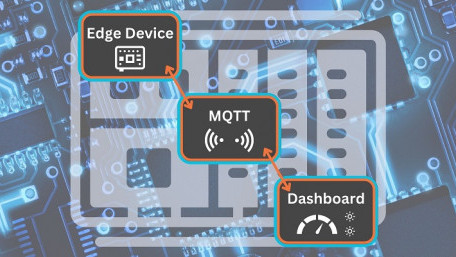
In this final installment of the IIoT tech stack project, learn how to design the customer-facing dashboard or…
In this final installment of the IIoT tech stack project, learn how to design the customer-facing dashboard or observability platform using the data acquired from the MQTT client device.

As we approach the conclusion of this IIoT project, we’ll explore the integration of the Mosquitto MQTT broker,…
As we approach the conclusion of this IIoT project, we’ll explore the integration of the Mosquitto MQTT broker, Node-RED, and InfluxDB, leaving only the data dashboard setup for the final step.

This article will explore the setup of Node-RED, the glue that will serve to connect all of the individual components of…
This article will explore the setup of Node-RED, the glue that will serve to connect all of the individual components of the solution that we have created up to this point.

Continuing the real-world IIoT project, learn how to begin integrating the Raspberry Pi with the Mosquitto Broker and…
Continuing the real-world IIoT project, learn how to begin integrating the Raspberry Pi with the Mosquitto Broker and understand Docker networks and port binding.

Learn to develop an actual IoT solution end to end. Create a Mosquitto MQTT broker for the Raspberry Pi client in order…
Learn to develop an actual IoT solution end to end. Create a Mosquitto MQTT broker for the Raspberry Pi client in order to connect and publish Sense HAT sensor data.
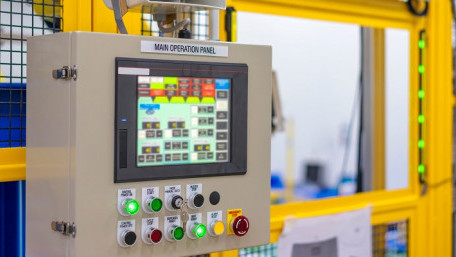
An overview of HMI data types, input controls, output indicators, and message functions, the building blocks used to…
An overview of HMI data types, input controls, output indicators, and message functions, the building blocks used to construct informative and appealing HMI applications.
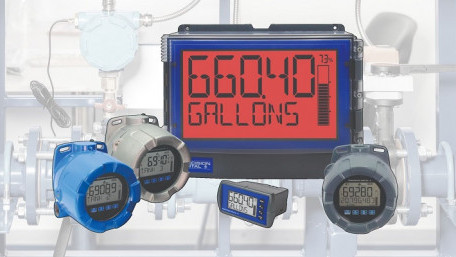
Have you ever needed to know the temperature, pressure, flow, or other measurement on location, but the readout is way…
Have you ever needed to know the temperature, pressure, flow, or other measurement on location, but the readout is way off in the control room? Here’s an easy way to add a readout in the field.
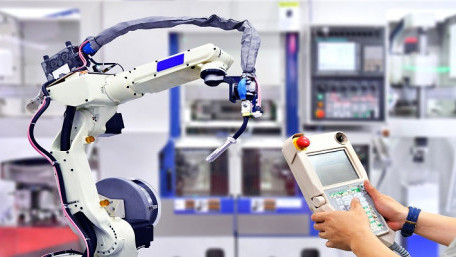
Innovation has a single purpose: to create better solutions, meaning more efficient output with faster development and…
Innovation has a single purpose: to create better solutions, meaning more efficient output with faster development and troubleshooting. It starts with the strategies used to program machines.
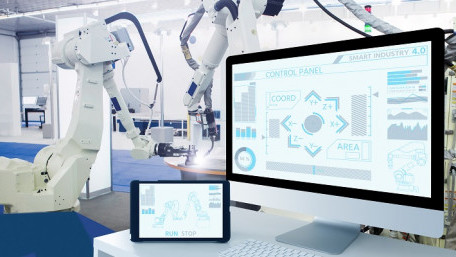
Taking web-based HMI design from a simulated project to the real-world environment. Part 1 introduces tag instances and…
Taking web-based HMI design from a simulated project to the real-world environment. Part 1 introduces tag instances and attributes.
